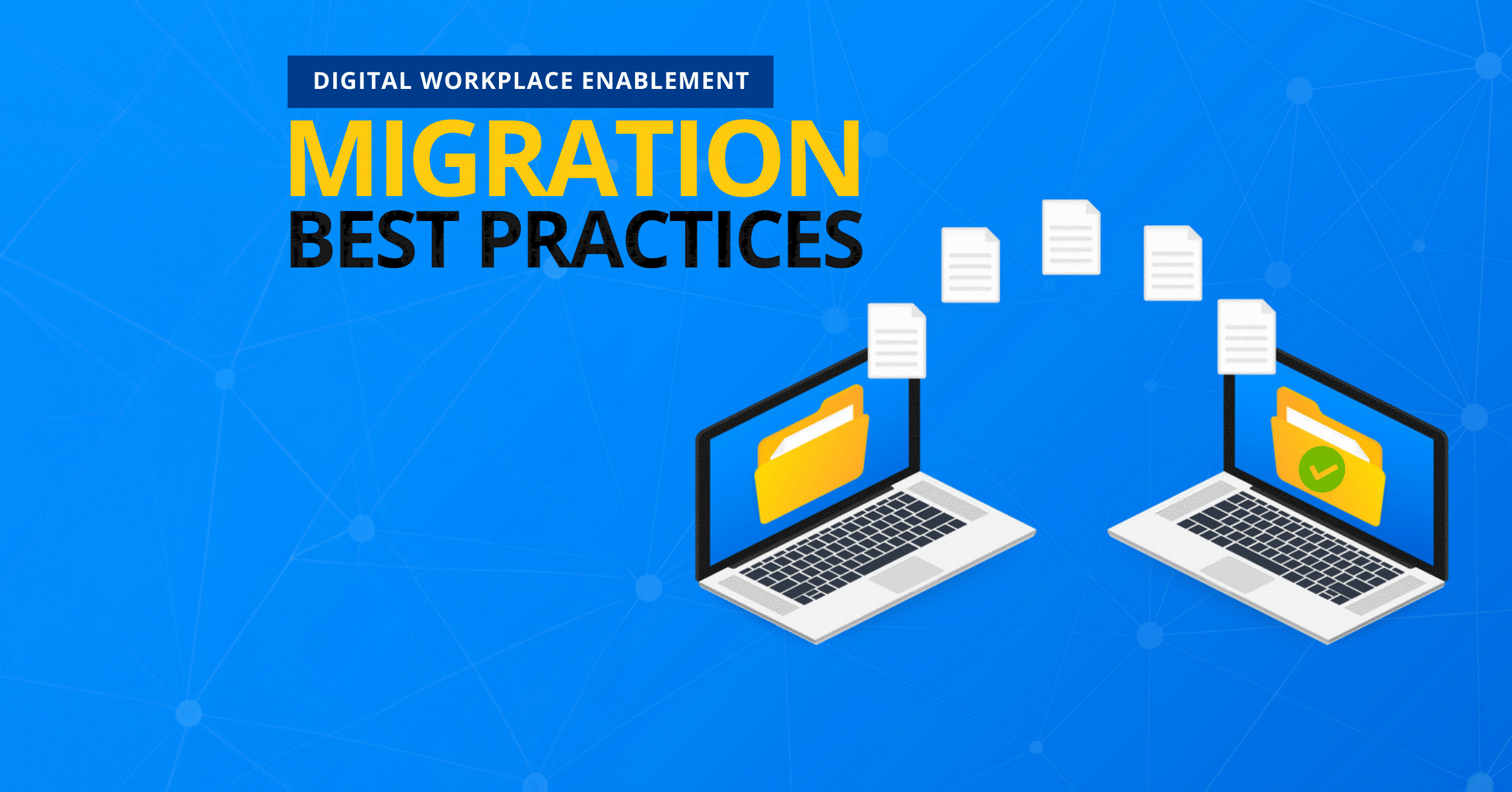Top 5 #Office365 Migration Posts of the Year

Secure data migration is an eventual must for most organizations operating in the digital space. Our team of experts and trusted industry friends wrote extensively on Office 365 migration best practices, tips, and common issues over the past year.
Now as we’re closing out 2018, we’ve decided to compile our best articles in one place for your convenience. Without further ado, here are our top 5 migration posts of 2018:
5. Compliant Migration: Why It’s Important & How to Do It by Wendy Henry

Preview:
Data migration may seem like a relatively easy process at first glance. You pick data up from a chosen source and move it to a selected destination. Besides scheduling and maybe some light reorganization along the way, it’s pretty simple…right?
But what if you’re told that before migrating source data to a new Cloud destination, you must first make sure the source data:
- Is tagged properly for data classification and categorization?
- Does not contain any sensitive content such as corporate proprietary data, US PII, or EU GDPR?
- Is current and relevant?
Welcome to compliant migration: a better, safer way to conduct data migration when you have source data that must adhere to government and/or industry regulations as well as meet your company’s own corporate data policies.
Read the rest here!
4. The 5 Keys to a Successful Data Migration in 2018 by Nathan Budryk

Preview:
Too often, businesses gloss over the collaborative planning and data auditing steps of digital transformation initiatives and put most of their focus on implementation. While implementation is important, careful preparation is what makes the implementation sustainable.
The implementation stage is highly visible as it starts to put new tools in the hands of employees and can have drastic impact on the day to day work across the organization. It is also where problems can arise that need to be dealt with swiftly to ensure the pace of business is not interrupted as data moves from legacy systems to the new unified environment.
Read the rest here!
Preview:
Change management is a facet of migration that often flies under the radar. You can introduce as many new systems to your employees as you want, but unless the proper processes have been put in place, end users typically bounce right off. How you implement change management when working on an enterprise migration depends entirely on what kind of migration it is.
For me, I’d say there are 2 types of enterprise migrations which is mostly dependent on your source environment:
- Structured legacy content systems.
- Unstructured legacy content systems.
Read the rest here!

Preview:
Source Environment Discovery
Before you begin planning your migration, it’s essential to understand what content you have, who owns it, how it is structured, and how important it is. This is important for many reasons, including enabling the shortening of your migration time by removing redundant, obsolete, and trivial data (ROT), helping create a governance plan for structuring your data and securing sensitive content, and prioritizing which segments of content may need more attention.
Read the rest here!

Preview:
There are many obstacles when migrating from on-prem SharePoint to Office 365. Customizations and planning how your end users will adopt new technologies, understanding what content you need to migrate, and trying to determine what can be left behind are important factors to consider. The way that Office 365 throttles data and applications can also be a major obstacle when moving to Office 365.
Furthermore, taking the time to properly organize and classify your information adds to the complexity of migrating to new versions of SharePoint.
Read the rest here!
Want to follow all of our new content going into the new year? Subscribe to our blog and never miss an update!
As the former Content Marketing Specialist for AvePoint, Brent led the strategy and direction of all AvePoint's blog properties.




